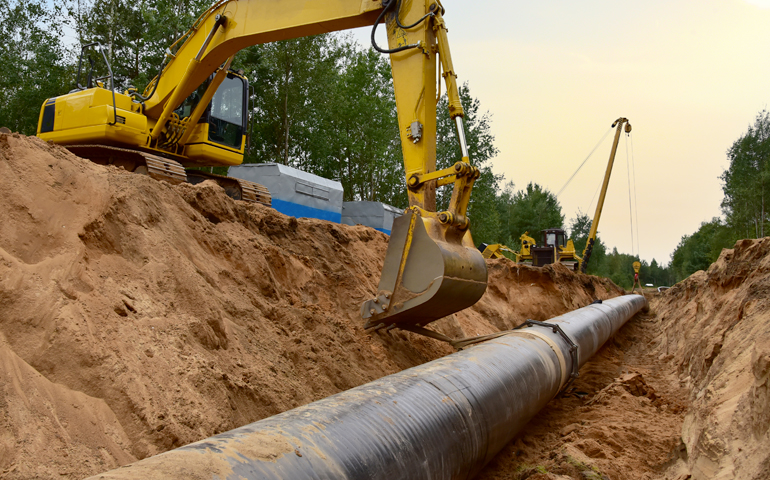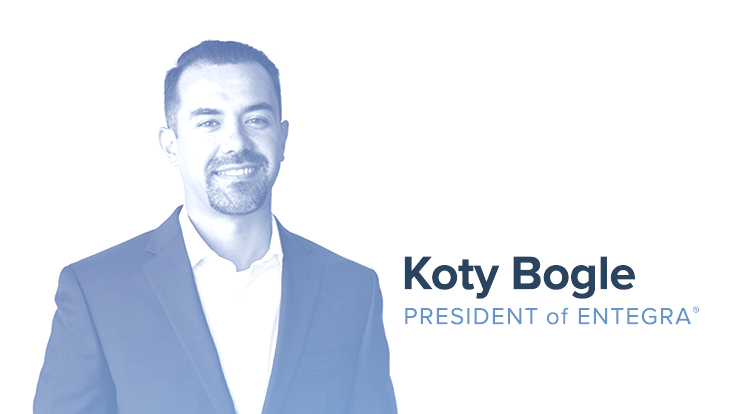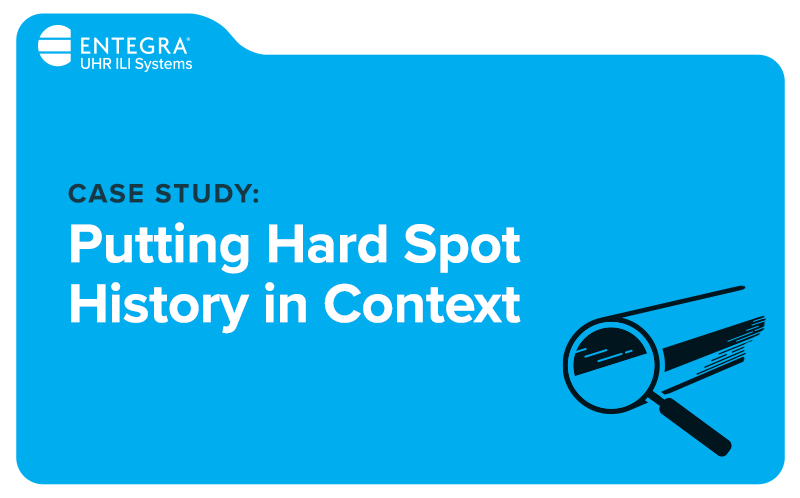
How to Assess and Mitigate the Long Seam Integrity Problem
Corrosion on the Long Seam? Detecting pipeline integrity problems with Axial MFL. Challenge Operators know metal loss on – or interacting with – a pipe’s long seam can pose imminent integrity threats. Especially considering that the long seam is one of the most consequential areas of a pipe but presents a significant challenge as it …
Corrosion on the Long Seam? Detecting pipeline integrity problems with Axial MFL.
Challenge
Operators know metal loss on – or interacting with – a pipe’s long seam can pose imminent integrity threats. Especially considering that the long seam is one of the most consequential areas of a pipe but presents a significant challenge as it is among the most difficult areas of a pipe to effectively assess. To other ILI vendors, just finding the long seam can be challenging.
Technical Details
When assessing corrosion relevant to the long seam, it’s not only important to know the severity of the metal loss, but an accurate classification of the metal loss is also crucial. For instance, is the metal loss Preferential or Selective (SSWC) to the seam? Where indications from the data suggest the metal loss origin is inherent to the physical properties of the seam? Is the metal loss Coincidental to the seam? Where pre-existing metal loss patterns co-exist with the seam’s placement. Or is the metal loss Adjacent to the seam? Where the metal loss patterns align adjacent to but does not cross the seam. Knowing the difference in correlation to the severity of the metal loss will determine how an operator responds – and how much an operator invests – in managing potential integrity threats.
UHR MFL ILI and the Long Seam: An Example
Figure 1

In this example, a stretch of ERW pipe revealed metal loss in a distinctive pattern. It was determined by the data analyst (prior to excavation and in discussions with the operator), that the metal loss feature was coincidental to the seam, as it appeared within a larger pre-existing pattern of metal loss, which took on a ring shape in the body of the pipe. The ENTEGRA data analysis team profiled every anomaly in the metal loss group and predicted the deepest anomaly’s depth at the seam (Figure 1) to be 39%, with the grouping’s length and width parameter to be 20” x 19”. Because the maximum depth within the cluster was found intersecting with the long seam, the operator excavated the area to further assess these findings. Upon excavation an NDE survey (Figure 2) determined the clustered metal loss region to have a maximum depth of 45% with dimensions of 21” x 19”, and the metal loss was coincidental to the seam – confirming ENTEGRA’s UHR MFL results.
Figure 2:

This example shows how metal loss labeled at the seam in a spreadsheet does not necessarily mean it is preferential to the seam, regardless of where the deepest anomaly is relative to the seam. In addition, a pattern of anomalies appearing to line up with seam may not always mean preferential metal loss. It often takes context and insight that only an experienced data analyst can provide to properly determine an accurate outcome.
Technical Innovations
Today’s Ultra-High-Resolution (UHR) MFL technology has advanced well beyond the limitations of the past. Traditional MFL was considered to be limited in the POD and POI of long-seam features and anomalies. Legacy systems simply didn’t have the sensor coverage to ensure detection of this characteristically long and narrow feature, let alone assess it for harmful corrosion.
Figure 3:

The ENTEGRA UHR tool fleet is tuned to the long seam and features the integration of multiple types of dense sensor arrays aligned by state-of-the art positioning technology. The tool monitors its speed as it navigates through the pipe, constantly adapting the sampling rates of the various data streams. This allows ENTEGRA to achieve data resolution that is 2x to 8x higher than other modern MFL tools – concurrently optimizing and recording the robust UHR data.
Outcome
Having an MFL tool built with dense arrays of primary, caliper, and discrete ID/OD sensors, and brought to life with dense sampling rates allow for the accurate positioning of threats in relation to the long seam, and provides robust data to the analyst, allowing them to extract the nuance necessary to provide POD, POI, and sizing of anomalies on this critical pipeline feature. In the data image below (Figures 4 and 5), we present an example of ERW seam detection across several diameters of pipe, as well as within both high and low frequency ERW seam types.
Figure 4:

Figure 5:

This UHR data, combined with our human-experience based data analysis process a, allows us to extract the nuance that is setting the bar, worldwide, for accurate, quality data. Our analysts work closely with operators to develop actionable integrity insights for the long seam, as reflected in our Long Seam Assessment Performance Specification (Figure 6). This allows operators an unprecedented ability to prioritize their integrity programs. Managing anomalies at or near the long seam are no longer an exception.
Figure 6:

You can clearly see the presence of the long seam. What’s more, further identification of threats such as corrosion, gouges and deformations is possible. Assessment of the seam should involve detecting and reporting these threats to the pipeline with the data analyst providing additional insight to better inform the operator as to the condition of the pipeline.
Conclusion
Defining the placement of the seam is but one example of ENTEGRA at work assessing the long seam. Defining the placement of anomalies as “at seam” or “adjacent to seam,” and further as coincidental or preferential, gives the operator a better understanding of which anomalies pose the greatest threats. This is essential in the prioritization of an effective, efficient integrity plan.
For more information, fill out the form below and download our recently published white paper exploring the many facets of UHR ILI in long seam applications.
Download our Long Seam Assessment Paper
Learn more about complex corrosion along the long seam by reading our Long Seam Assessment paper:




